
Spring is here! Håkan Karsnäser’s home waters are finally opening as the ice breaks. Here are some thoughts from Håkan on his favourite and most important flies for the early fishing.

It’s spring and here and there a little snow remains. The nights are still cold, but the spring sun is beginning to melt the snow. The ice is melting on the lakes and more and more water is opening to the flyfisher. It’s still cold enough that the fish aren’t terribly active yet and only fourage in short periods during the day. But if you know how to find the fish and which flies to use, you can still catch a rainbow or a brown trout on the still waters.
The key to success is spelled “soft materials” and marabou and zonker strips are obvious choices. When it comes to marabou the key is not to tie in too much. That will make the fibers stick together and a lot of mobility is lost. The same even goes for the length of the material used. If the tail is too long, the trout often strike short and only nibble at the tail.

A favourite for the early season is the well known Woolly Bugger. A fly that is always relevant for rainbow trout, but it is generally a very effective fly. There are a few tweaks that can make the fly even more effective for cold water and slow fish.
Instead of a cock hackle and a body of chenille, a hen hackle and dubbing makes a more mobile fly. The softer fibers of the hen hackle are much more mobile than the stiffer fibers on a cock hackle. Add to that a dubbed body, well picked out, and you have a very mobile trout. Both unweighted and weighted versions are good to have. The weighted Woolly Buggers do well, fished on a floating or intermediate line and a allowed to sink to the desired depth before they are retrieved. Long, slow pulls with a pause give the fly a jigging action in the water. The unweighted ones are best retrieved very slow, often with a hand twist. A long pause allows the fly to hover in the water.
A zonker is another favourite with its long wing/tail. Zonkers do well through the season – first and foremost a black zonker, which sometimes is very effective during spring, but in an orange version. Rabbit and mink are common materials for the zonker strips. The thinner the skin strip is, the more mobile the fly is. The long tail/wing needs a check every now and then when fishing, to make sure it’s not fouled around the hook bend.
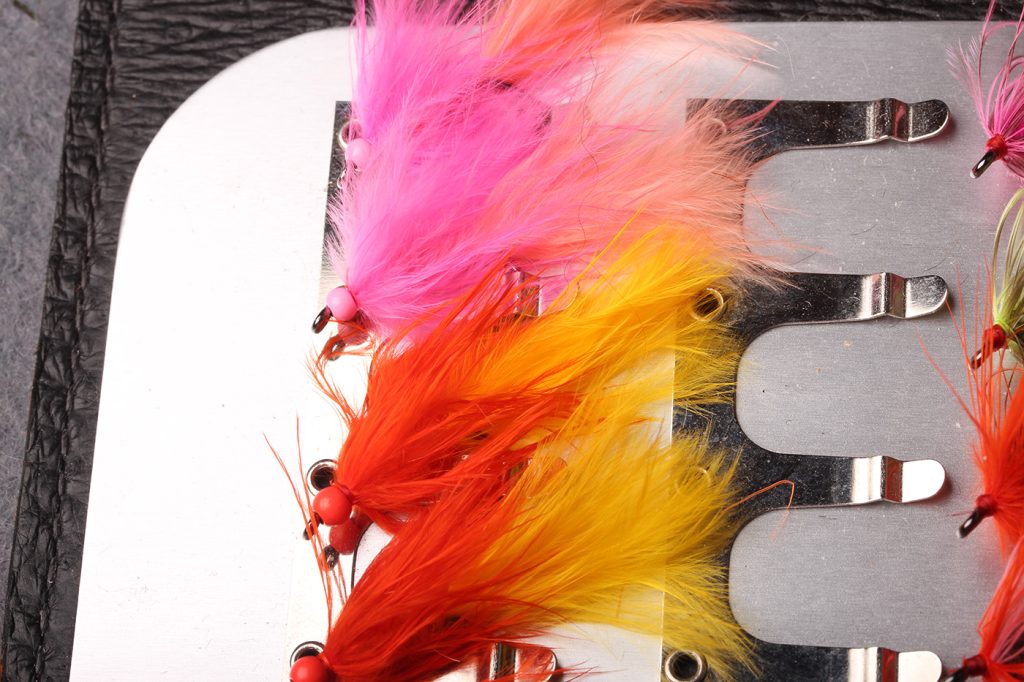
A third important fly is a tadpole imitation. It’s really just a simplified Woolly Bugger tied on a shorter hook and without the palmer hackle. Instead of a front hackle of cock hackle or even hen hackle, Chickabou or marabou give a much more mobile fly.

Here’s a step-by-step instruction showing how I tie a Woolly Bugger for the early spring fishing. I always have pink, orange and white/chartreuse variants.
Softhackle Wolly Bugger
It is easy to vary the pattern by color, weight and size. In terms of color, pink and orange work especially well in early spring. If the water is slightly colored, the orange one works especially well. Then a white / chartreuse is nice to have if the water is a bit clearer and when the temperature has risen. As you can see in the pictures, I mix different shades in the same fly, which I think gives the fly a more colorful and vibrant movement.
Hook: Ahrex HR416 # 6-8
Thread: Fl. Orange 8/0
Weight: Leadfree wire
Tail: Marabou fibres
Body: Dubbing with a bit of flash, ex. Wooly Sparkle Dub, Spawn Simi Seal, Senyo’s Fusion Dubbing
Rib: Wire matching the body of the fly
Hackle: Softhackel or henhackel
Fronthackel: Like the bodyhackle, just in another color
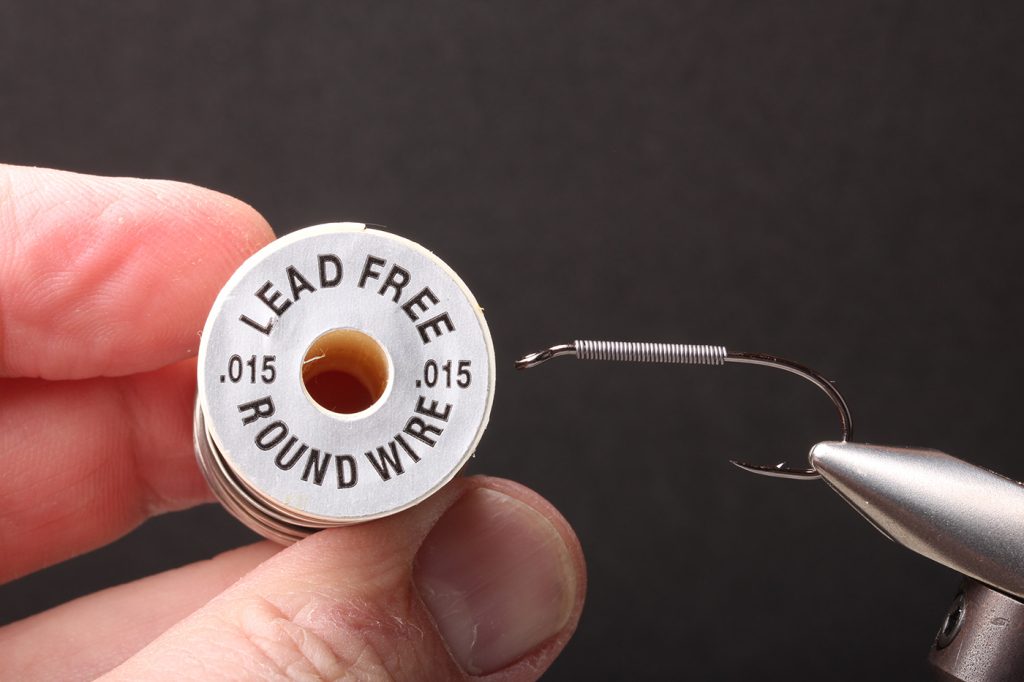
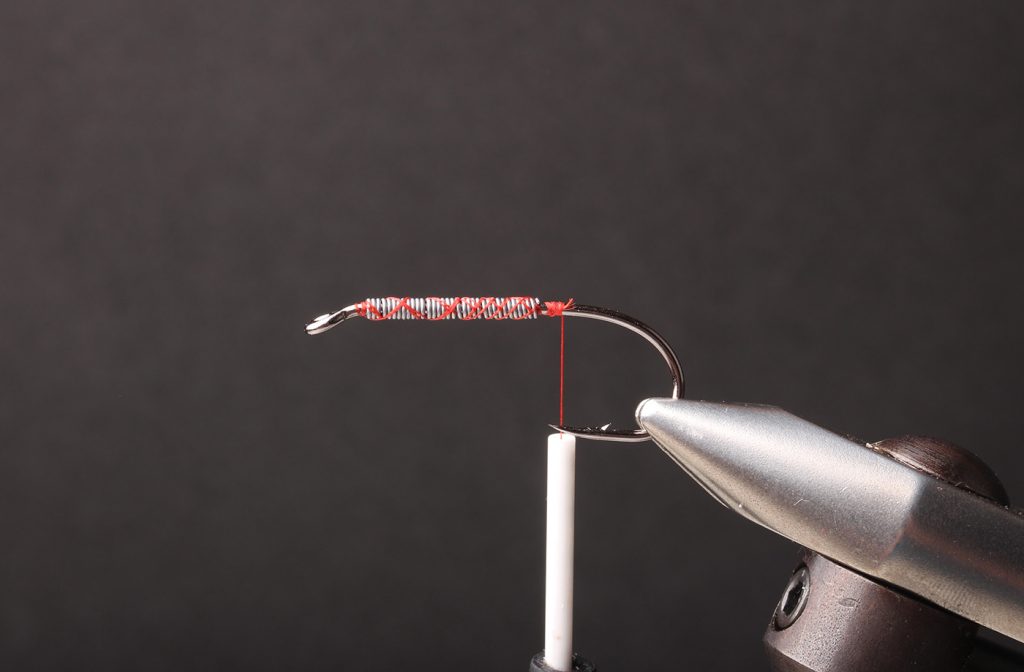



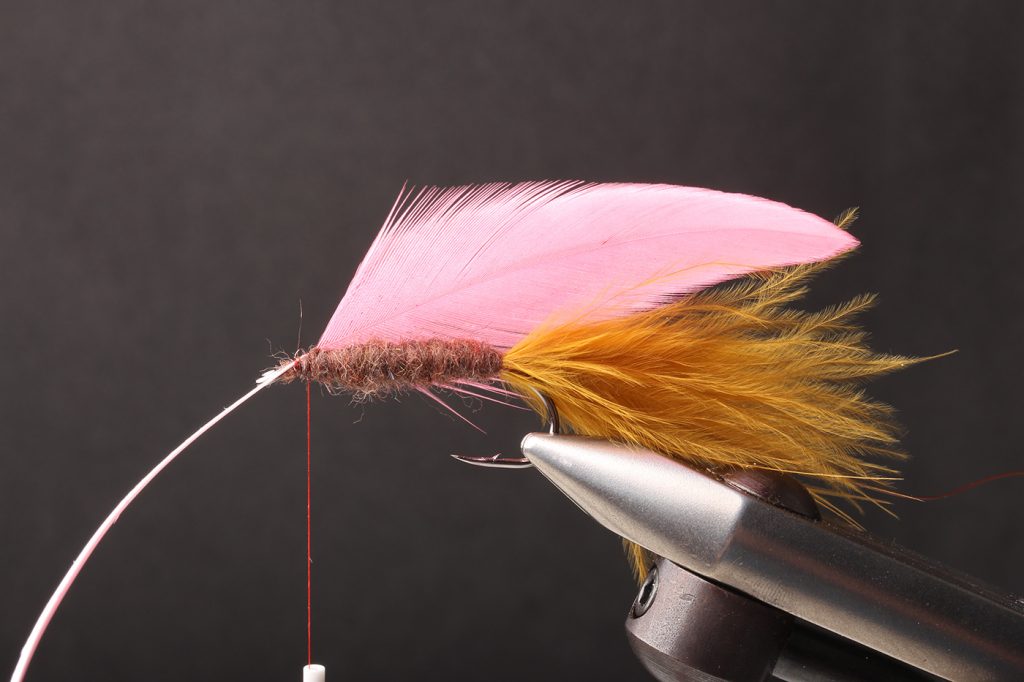
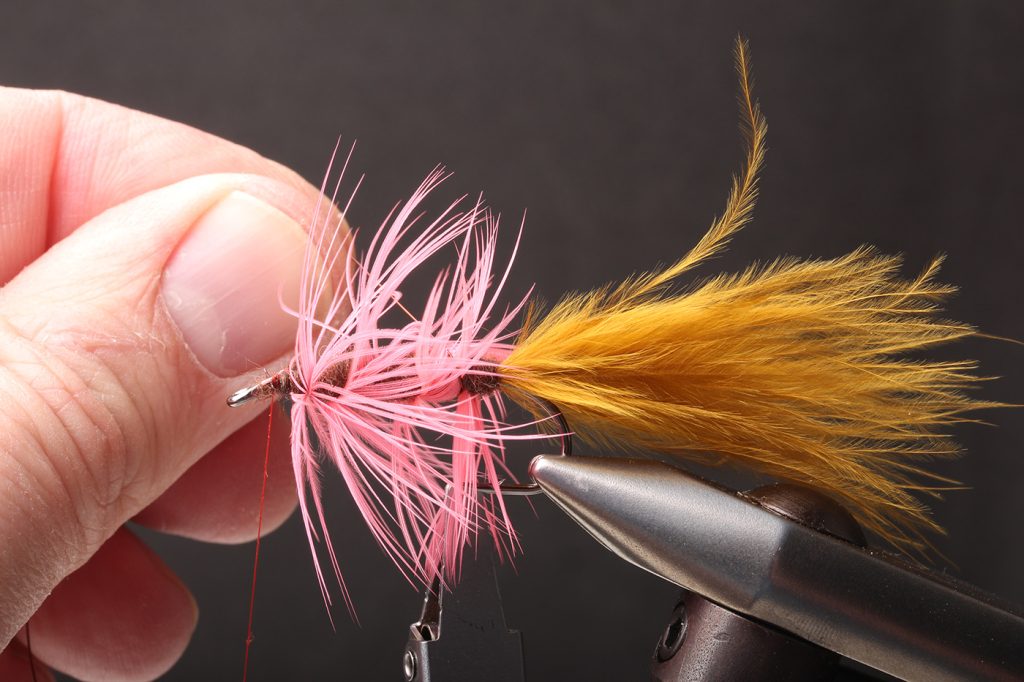
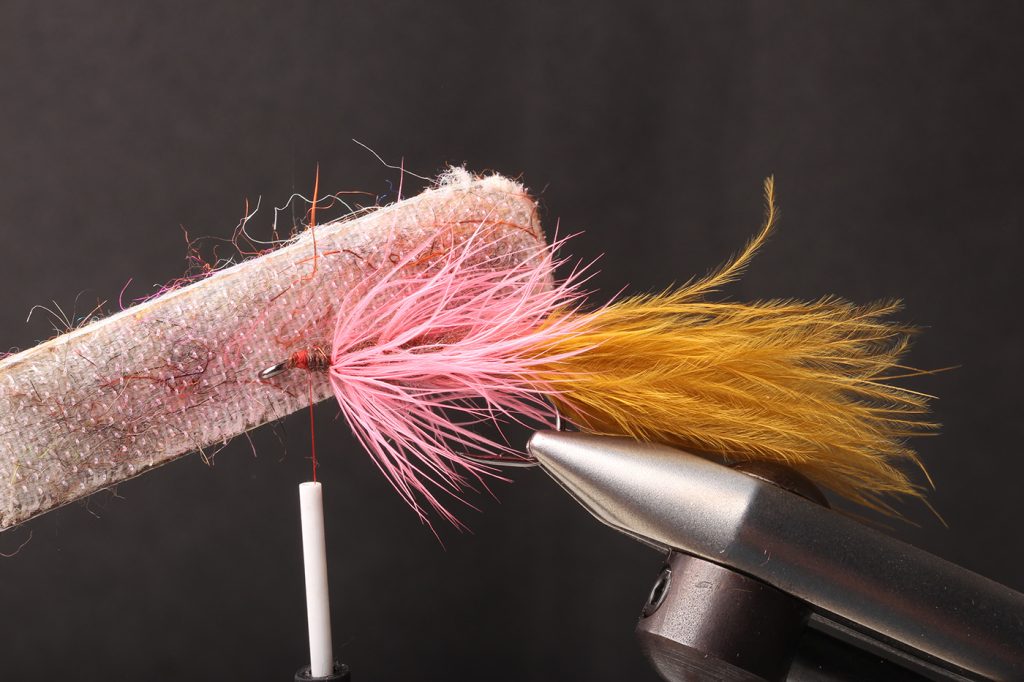
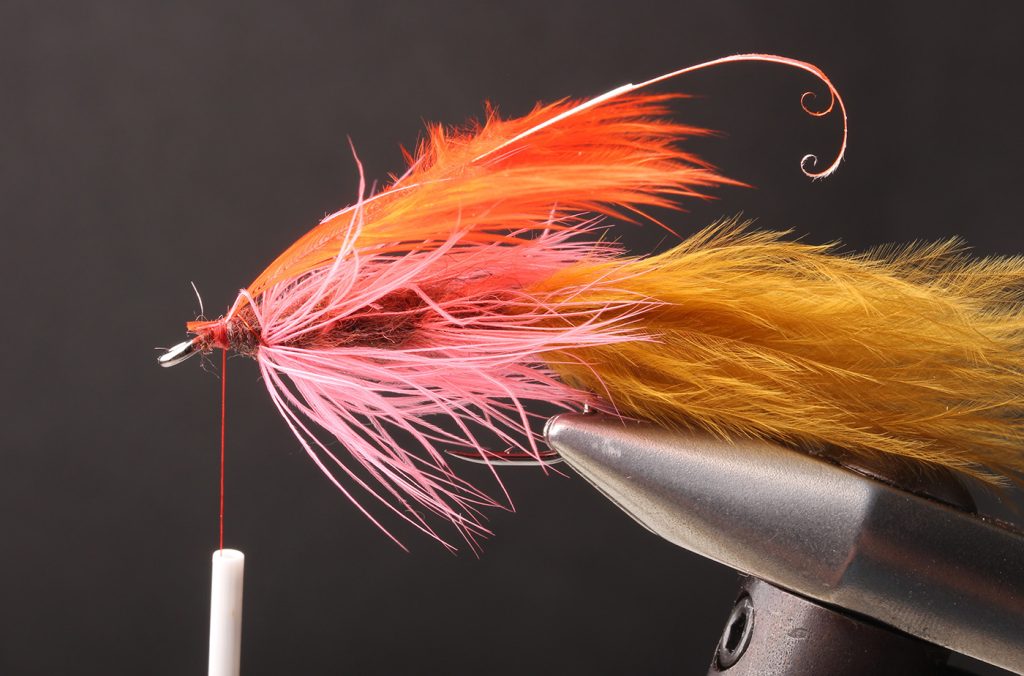


Tadpole
This fly I tie on a considerably smaller hook. Here I use a brass or tungsten bead to weigh down the fly. As a front hackle I use chickabou or even better, the soft feathers that are at the back of the softhackle skins. These feathers I extremely soft fibers and also thin stems, so that they are easy to wrap. I usually use a lighter shade for the tail and a darker one for hackle. For the body I use any dubbing in the same shade as the tail.
Hook: Ahrex Short Nymph FW562/563
Thread: Fl. Orange 8/0
Tail: Marabou fibres
Body: Dubbing
Hackle: Chickabou or softhackle
Head: Brass or tungstenbead
